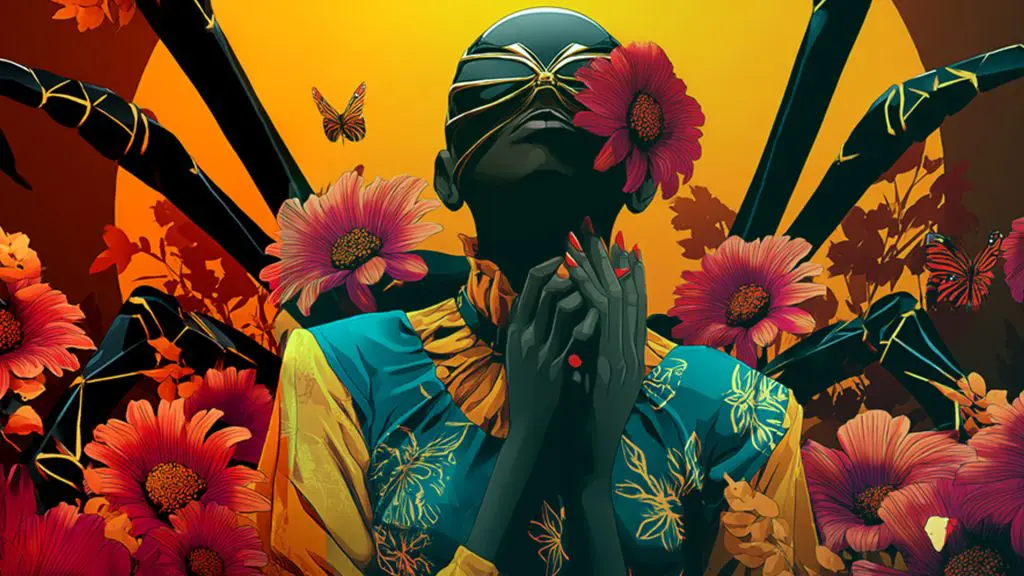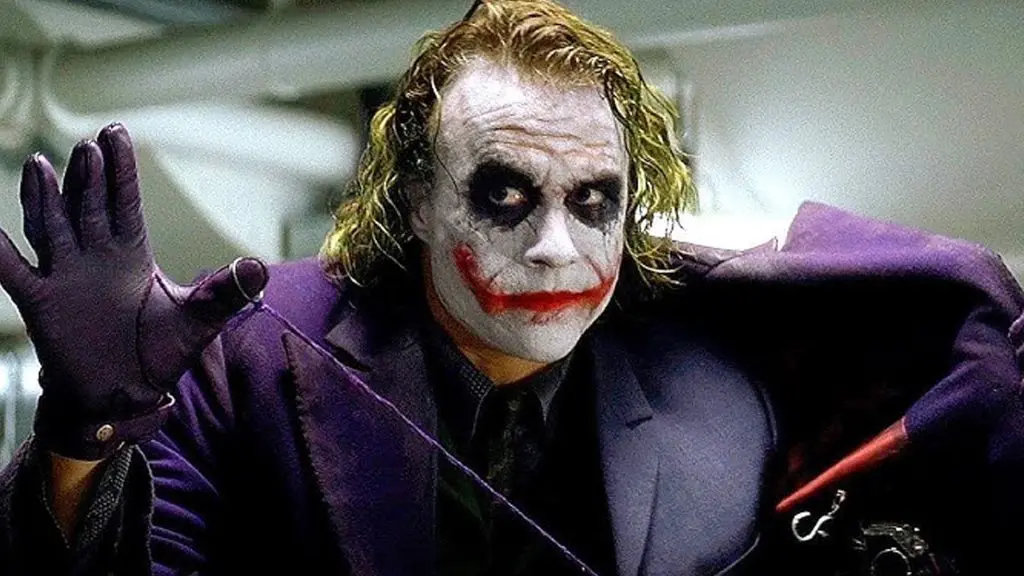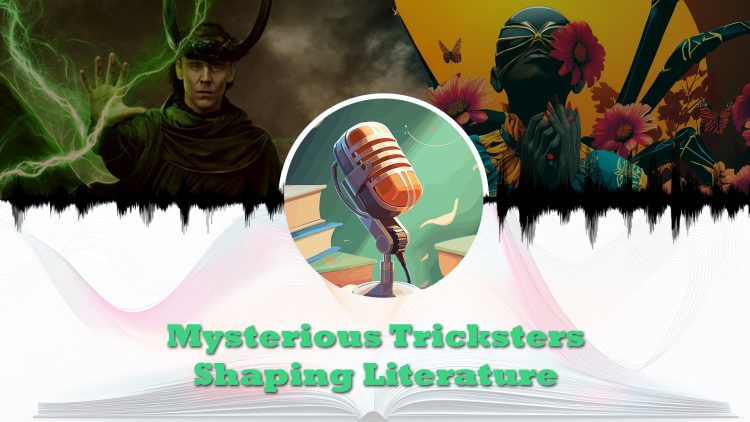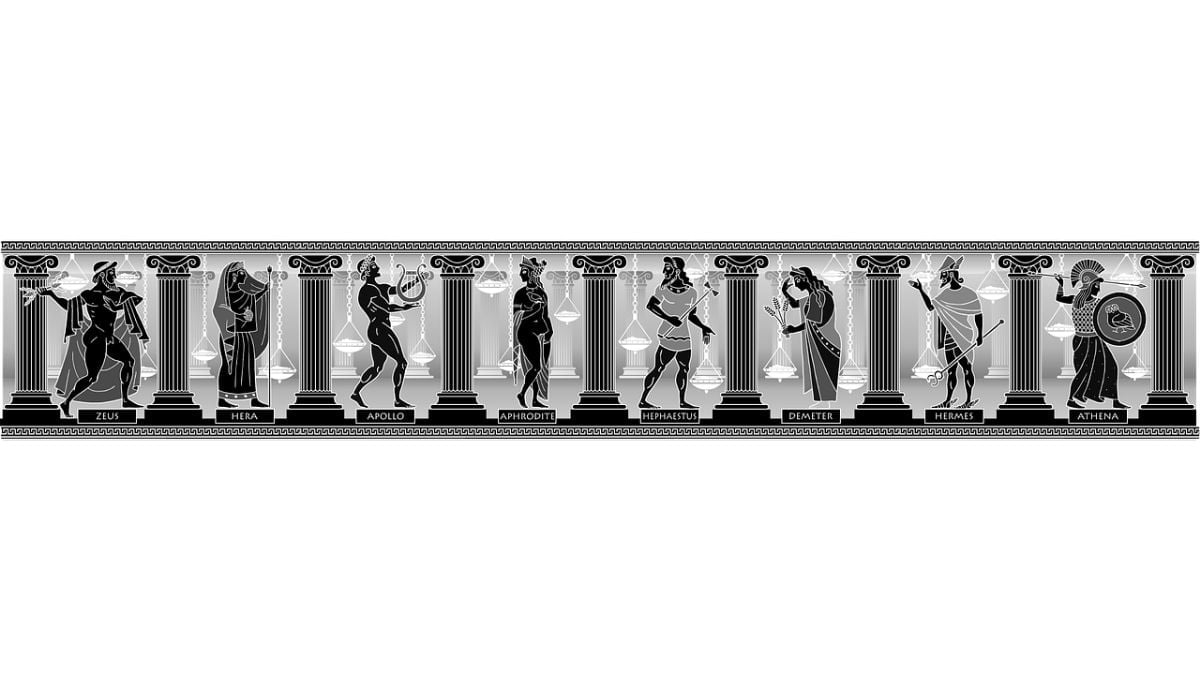We began this literary podcast episode by welcoming listeners into April with a playful nod to April Fool’s Day. This theme paved the way for our new monthly focus: tricksters and fools in literature. Meaghan and Arthur introduced this concept by discussing how these characters appear in stories across the globe and throughout history.
We explored how tricksters often challenge societal norms through cleverness, mischief, and rule-bending behavior. From mythical gods to fairytale creatures, these figures have captivated readers and listeners for centuries.
The hosts announced that April’s episodes would focus on examining tricksters through various cultural lenses, exploring their evolution from oral storytelling traditions to their presence in modern literature. We emphasized that tricksters are not a recent invention but rather a long-standing narrative archetype found in myths, legends, and folk tales around the world.
These characters use their intelligence and cunning to manipulate situations, often with humorous or chaotic outcomes. We framed this theme as both fascinating and fun, promising a deeper dive into specific examples as the month progresses.
Note
The following is an editorialized transcript of our weekly literary podcast. If you would like to listen to the podcast, click the play button above orlisten on your favorite platform with the links below.
Origins of the Trickster Archetype

Once we launched into the heart of the discussion, we clarified what defines a trickster. Tricksters are beings – sometimes gods, spirits, or animals – that defy expectations and operate outside the usual rules. They often disrupt the established order, using their intellect and creativity to challenge norms. These characters aren’t always malicious; sometimes, they are simply playful or seek to illuminate hidden truths.
We explored how tricksters are morally ambiguous and boundary-pushing, which can make them simultaneously entertaining and unsettling.
We then turned to cultural interpretations of tricksters, beginning with First Nations folklore. Figures like Coyote and Raven are often humorous pranksters, but their stories also carry deeper spiritual or philosophical lessons. We discussed how laughter and humor are considered important in many Indigenous cultures, as they can cleanse the soul and precede prayer.
The tales passed down orally were sometimes used to explain natural phenomena or convey moral teachings.
From there, we moved into how these oral traditions transitioned into written stories. We noted that many of the myths and folktales that feature tricksters were eventually documented, preserving them for future generations. This shift allowed trickster characters to become part of broader literary traditions. Meaghan and Arthur reflected on how grateful we are that so many cultures made the effort to record these tales, preventing them from fading into obscurity.
Related10 Spellbinding Books That Bring Greek Myths to Life
Tricksters Across Cultures and Books

The next section of the conversation focused on specific trickster figures across various mythologies and how they’ve persisted or evolved.
Loki from Norse mythology was our launching point. We highlighted his popularity – particularly due to Marvel’s portrayal – and his complicated personality. Sometimes, Loki is a playful trickster; other times, he’s more malicious. His ability to shapeshift and deceive is core to his character, and Arthur brought up The Gospel of Loki by Joanne Harris as a unique retelling from Loki’s sarcastic perspective.
Next, we examined Anansi, the spider trickster from African folklore. Anansi’s confidence in his wit often becomes his downfall, demonstrating the moral lessons embedded in many of his tales. On the European front, we touched on the fair folk from Celtic mythology – small, mischievous beings who have evolved in modern media into something quite different, like the fae in fantasy novels.
RelatedMythical Tales of Power: How Global Folk Tales Still Guide Modern Life
In Japanese mythology, we discussed the kitsune, fox spirits known for shapeshifting and disregarding societal rules. We also talked about trickster characters in North American folklore, including Brer Rabbit – a clever figure from African American traditions used to critique power structures through wit. Dionysus from Greek mythology and Hermes (or Mercury in Roman tales) were also identified as possessing trickster qualities through shapeshifting and manipulation.
One particularly fun character mentioned was Stingy Jack from old All Hallows’ Eve stories, said to have inspired the modern jack-o’-lantern. We highlighted how many of these characters, even those with niche or local origins, have had a lasting impact due to the universality of their themes and appeal.
Enjoying this article?
Subscribe to our weekly newsletterWhy Tricksters Still Resonate In Literature

In the final section of our conversation, we considered why tricksters continue to appear in contemporary literature and media. Meaghan and Arthur pointed out that these characters allow writers to critique institutions, traditions, and authority figures without being overly direct. Historically, jesters were the only ones allowed to mock kings without consequence, and tricksters have inherited that role in fiction.
We explored how trickster characters often serve as unreliable narrators, adding complexity and unpredictability to narratives. This perspective allows authors to disrupt traditional storytelling, injecting surprise and challenging the reader’s assumptions. Characters like Loki, the Joker, and the Cheshire Cat exemplify this method, each adding an element of chaos or philosophical questioning to their stories.
We agreed that people enjoy reading about characters who operate outside the norm – especially those who use cunning to succeed rather than brute strength. The enduring popularity of myths and fairy tales demonstrates our ongoing fascination with the fantastical and the morally gray.
Meaghan made a point about how supernatural elements like magic provide narrative freedom, allowing authors to use tricksters in unexpected ways. Arthur added that even when tricksters aren’t explicitly supernatural, their rebellious nature makes them compelling. In some cases, these characters start as tricksters and evolve into villains, depending on their motivations and how far they take their rule-breaking.
RelatedMythical Tales of Power: How Global Folk Tales Still Guide Modern Life
Book Recommendations and Closing Thoughts
To wrap up, we offered several book recommendations that feature trickster figures. These included:
- Rumpelstiltskin, the classic Grimm fairy tale with a dark deal and clever escape.
- Puck from A Midsummer Night’s Dream, who mischievously meddles with human affairs to comedic effect.
- Greengrass Running Water by Thomas King, which features the coyote trickster in a narrative that breaks the fourth wall.
- Trickster: Native American Tales, a graphic anthology that includes various trickster figures from multiple tribes.
- The Joker as a modern trickster-turned-villain archetype in comic books.
- Fool by Christopher Moore, a humorous retelling of King Lear from the fool’s perspective.
We wrapped up the episode by emphasizing that tricksters are present in stories from every culture. They challenge conventions, blur the line between right and wrong, and often act as mirrors to societal values. While we only scratched the surface in this introductory episode, we plan to dive deeper into unreliable narrators and modern-day tricksters in upcoming installments.














